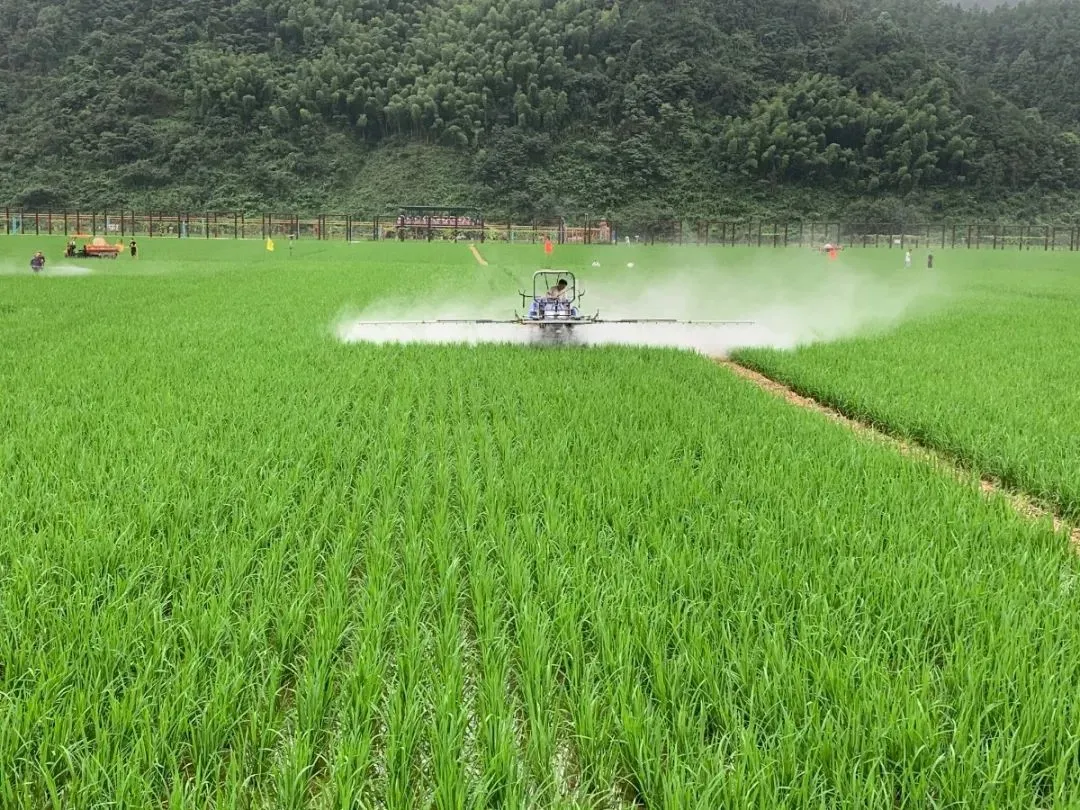
Dec . 03, 2024 10:20 Back to list
wholesale azoxystrobin 8.3 + mancozeb 66.7 wg
The Synergistic Benefits of Azoxystrobin and Mancozeb in Crop Protection
In recent years, the agricultural sector has increasingly focused on developing effective strategies to combat fungal diseases that affect crops. Among the various fungicides available, the combination of Azoxystrobin and Mancozeb has gained considerable attention due to its remarkable effectiveness and synergy in protecting crops from a wide range of fungal pathogens.
Understanding the Components
Azoxystrobin is a systemic fungicide belonging to the strobilurin class. It works by inhibiting mitochondrial respiration, thereby disrupting the energy production of fungi. This action not only prevents the growth of fungal pathogens but also offers protective and curative capabilities, making it effective against various diseases, including powdery mildew and blights.
On the other hand, Mancozeb is a broad-spectrum protectant fungicide that belongs to the dithiocarbamate group. It acts as a contact fungicide, affecting a wide range of fungal spores and preventing them from germinating. Mancozeb provides valuable protection against diseases such as downy mildew, leaf spots, and other fungal infections. Its multi-site action reduces the risk of resistance development, making it a reliable choice for integrated pest management.
Why Combine Azoxystrobin and Mancozeb?
Combining these two fungicides — Azoxystrobin (8.3%) and Mancozeb (66.7%) — creates a powerful formula that takes advantage of the unique properties of each component. This mixture not only maximizes disease control efficacy but also helps in optimizing the use of fungicides in agricultural practices.
1. Enhanced Disease Control The systemic action of Azoxystrobin complements the contact activity of Mancozeb. This dual action leads to a broader spectrum of disease control. While Azoxystrobin penetrates the plant tissue and provides internal protection, Mancozeb acts on the surface, preventing spore germination and initial infections.
wholesale azoxystrobin 8.3 + mancozeb 66.7 wg

2. Reduction of Resistance Development The mixed-mode of action helps in reducing the likelihood of fungal resistance. By using fungicides with different modes of action, farmers can decrease the pressure on targeted pathogens, thus prolonging the effectiveness of both Azoxystrobin and Mancozeb over time.
3. Flexible Application Timing This combination offers flexibility in application timing. The protective properties of Mancozeb allow it to be applied preventatively, while the systemic movement of Azoxystrobin ensures continued protection even after rain, which can wash away contact fungicides. This adaptability is crucial for managing crops in varying climatic conditions.
4. Crop Health and Yield Improvement By effectively managing fungal diseases, this combination contributes to overall crop health. Healthy plants are more resilient to environmental stressors, leading to increased yield and quality. Farmers can expect enhanced marketability of their produce, which ultimately translates to better economic returns.
5. Environmental Considerations Both Azoxystrobin and Mancozeb are designed to be effective at low concentrations, minimizing the impact on the environment. The combined formulation offers significant disease control using reduced quantities of active ingredients, aligning with sustainable agricultural practices.
Final Thoughts
The combination of Azoxystrobin and Mancozeb (8.3% + 66.7% WG) proves to be an essential tool in the preventive management of fungal diseases in various crops, including fruits, vegetables, and ornamental plants. As farmers continue to face challenges related to plant diseases, understanding the benefits and applications of this powerful fungicide duo will enable them to make informed decisions about crop protection strategies.
In conclusion, the effective use of Azoxystrobin and Mancozeb not only safeguards crops but also promotes sustainable agricultural practices. As we continue to prioritize efficiency and environmental stewardship in farming, leveraging such combinations will be key to achieving long-term success in crop production. Whether dealing with increasing disease pressure or striving to maximize yield, this synergistic formulation represents a promising solution for modern agriculture.
-
Emamectin Benzoate: AI-Optimized Pest Control Solution
NewsAug.01,2025
-
Best Abamectin 95% | Top Pesticide for Crop Protection
NewsJul.31,2025
-
Insecticide Spirotetramat 11% + Thiacloprid 11% SC at Good Price
NewsJul.30,2025
-
Best Abamectin SDS - Premium Quality & Reliable Safety Data
NewsJul.29,2025
-
Agrochemicals Pesticides Solutions for Sustainable Farming
NewsJul.29,2025
-
High-Quality Tebuconazole Fungicide for Crop Protection at Best Price
NewsJul.29,2025
